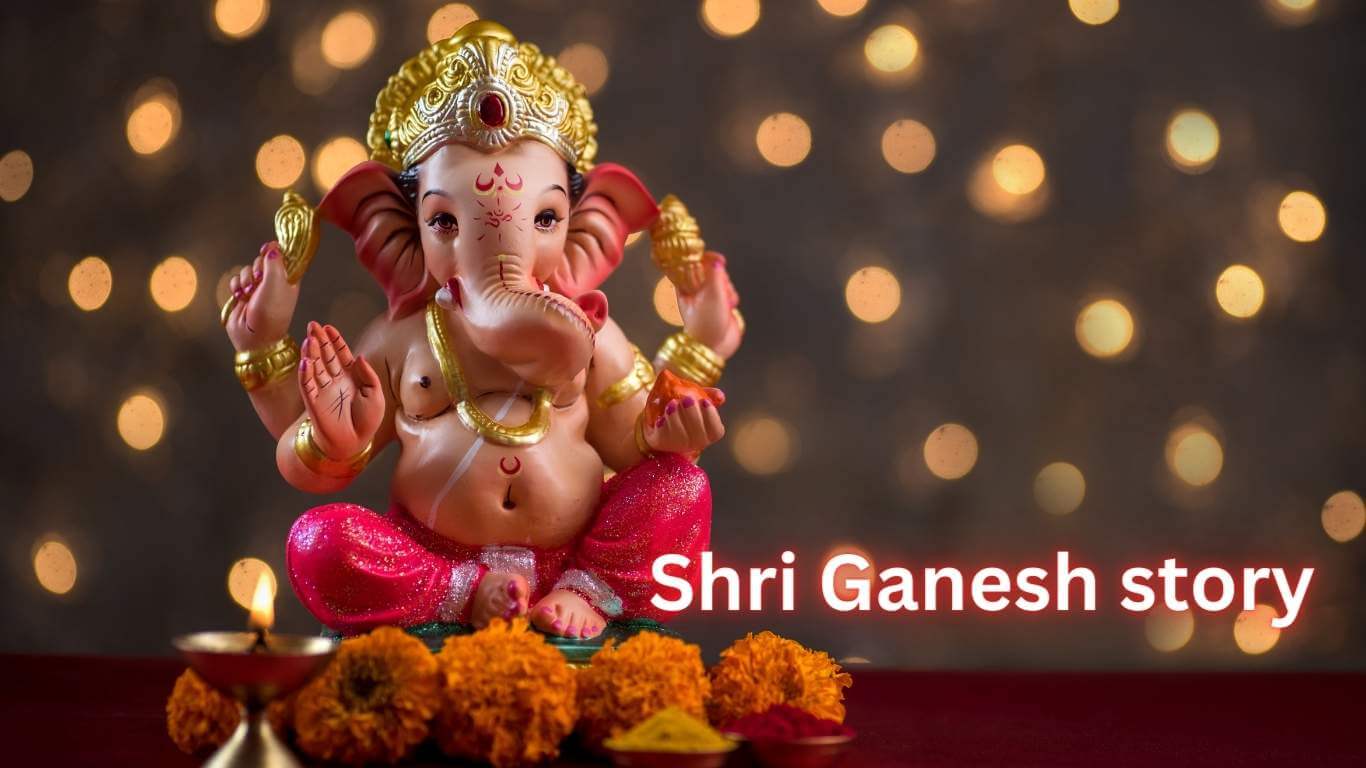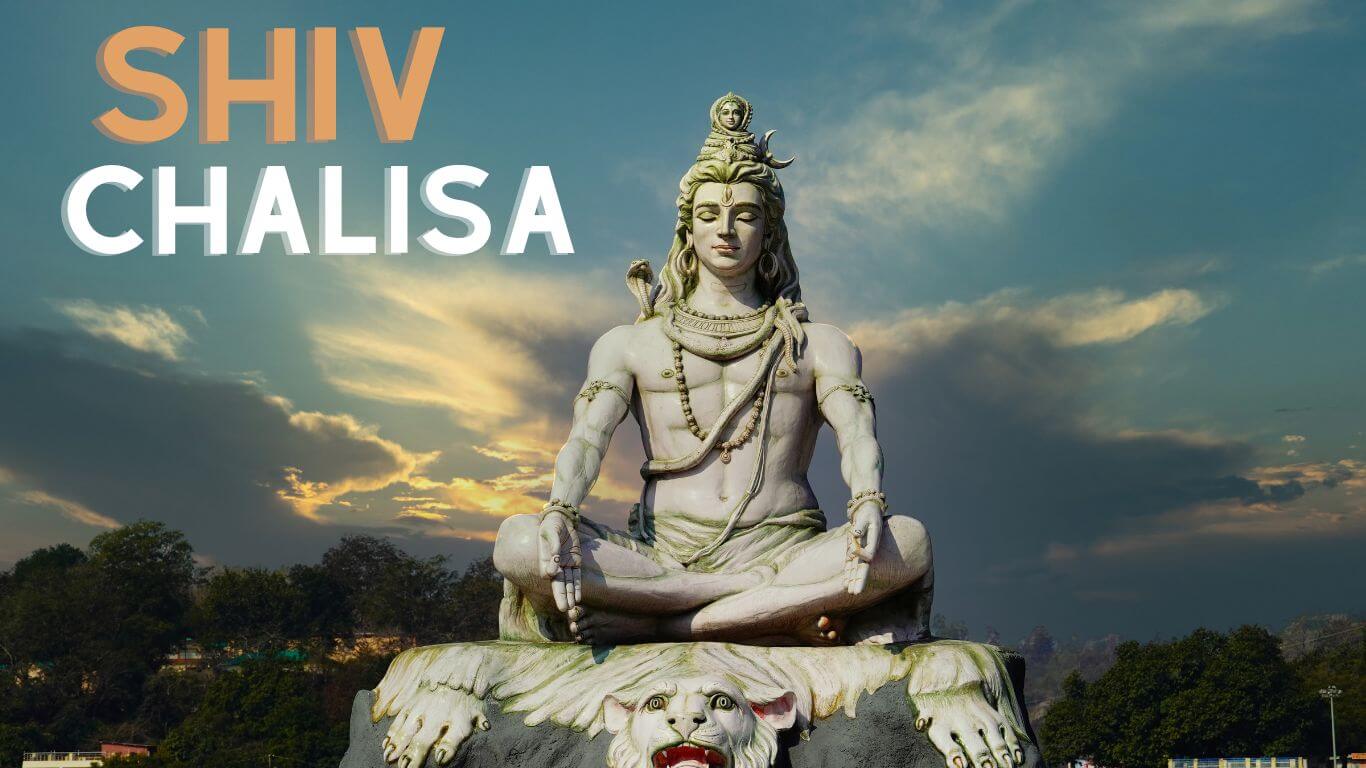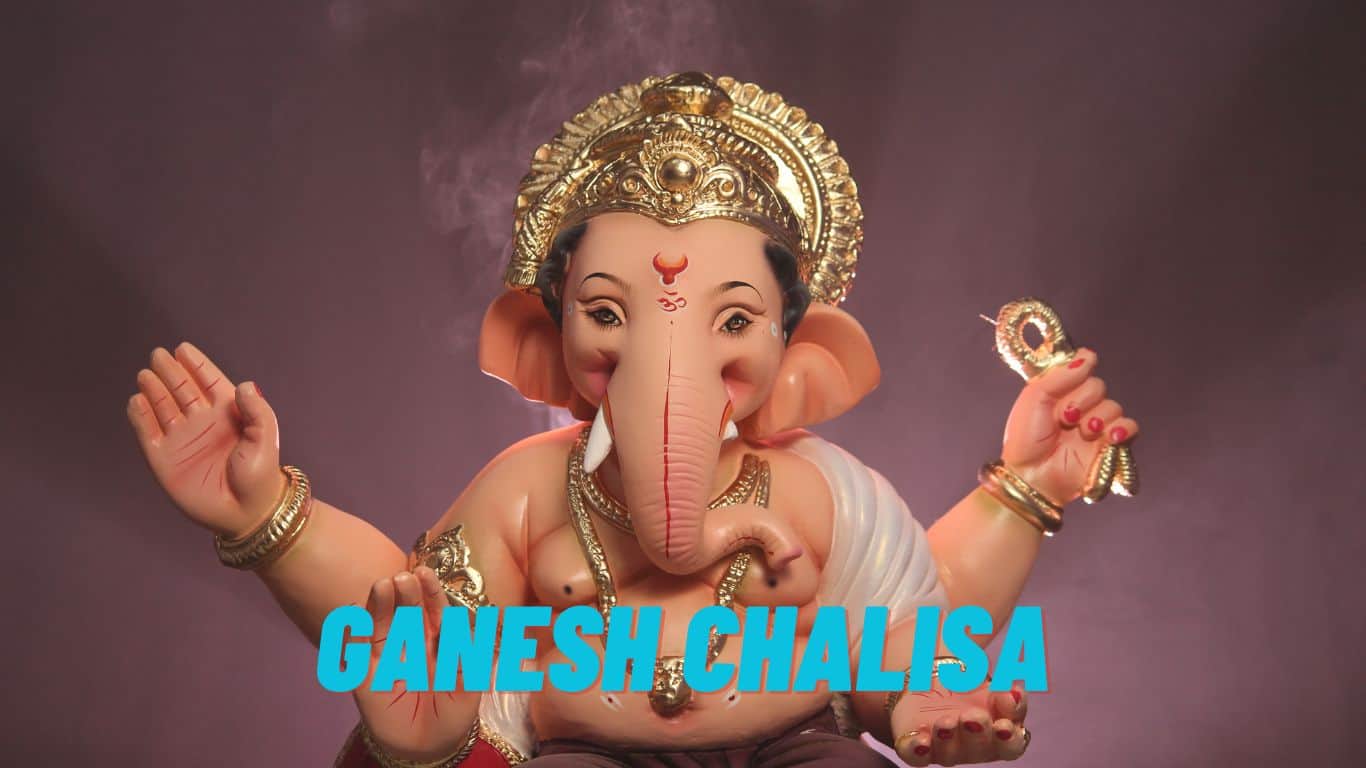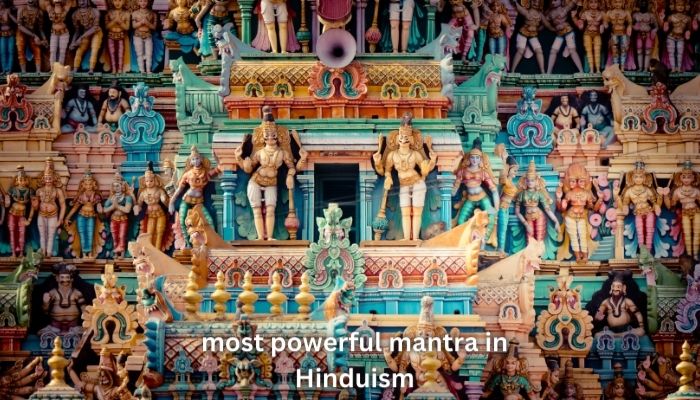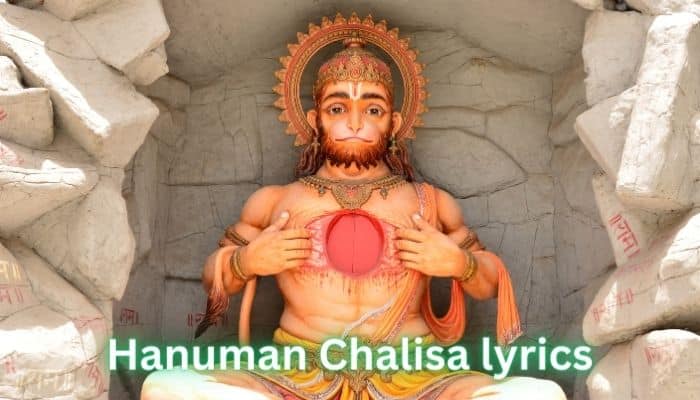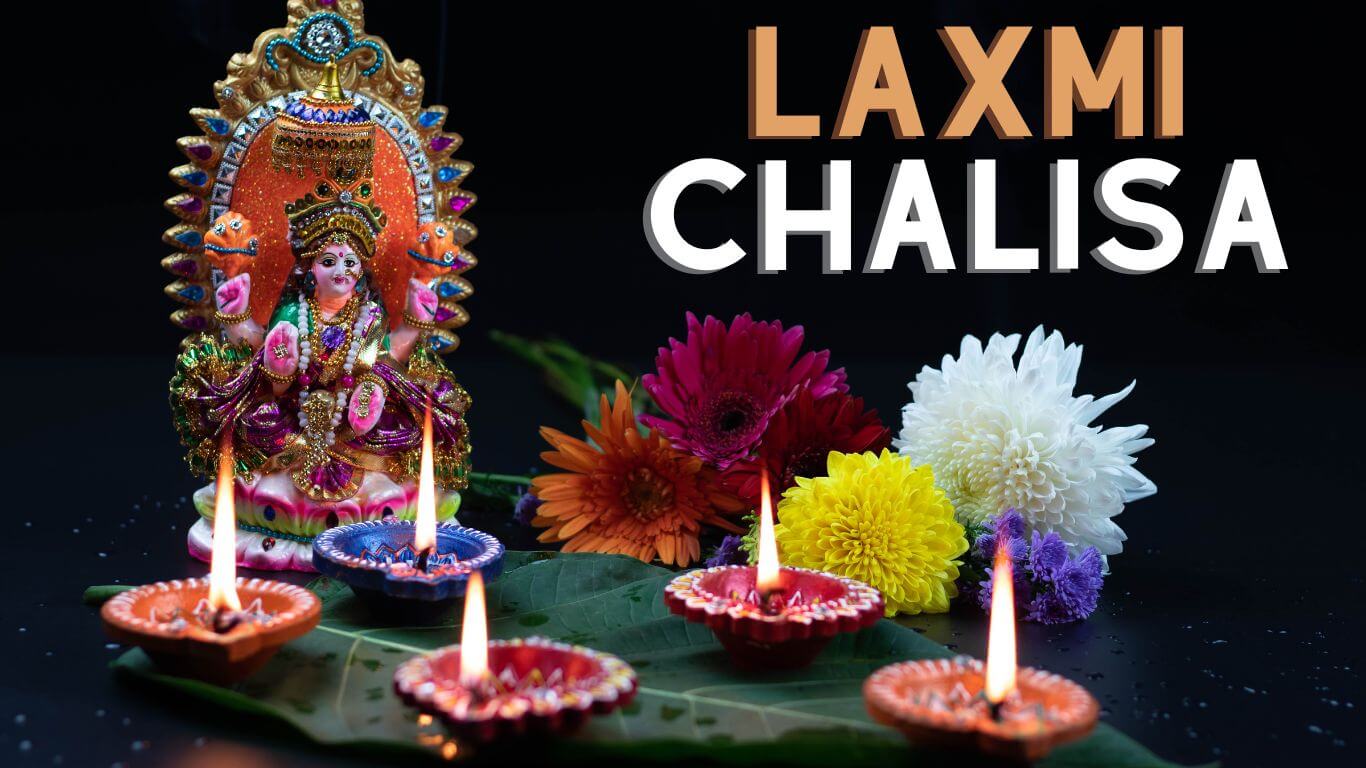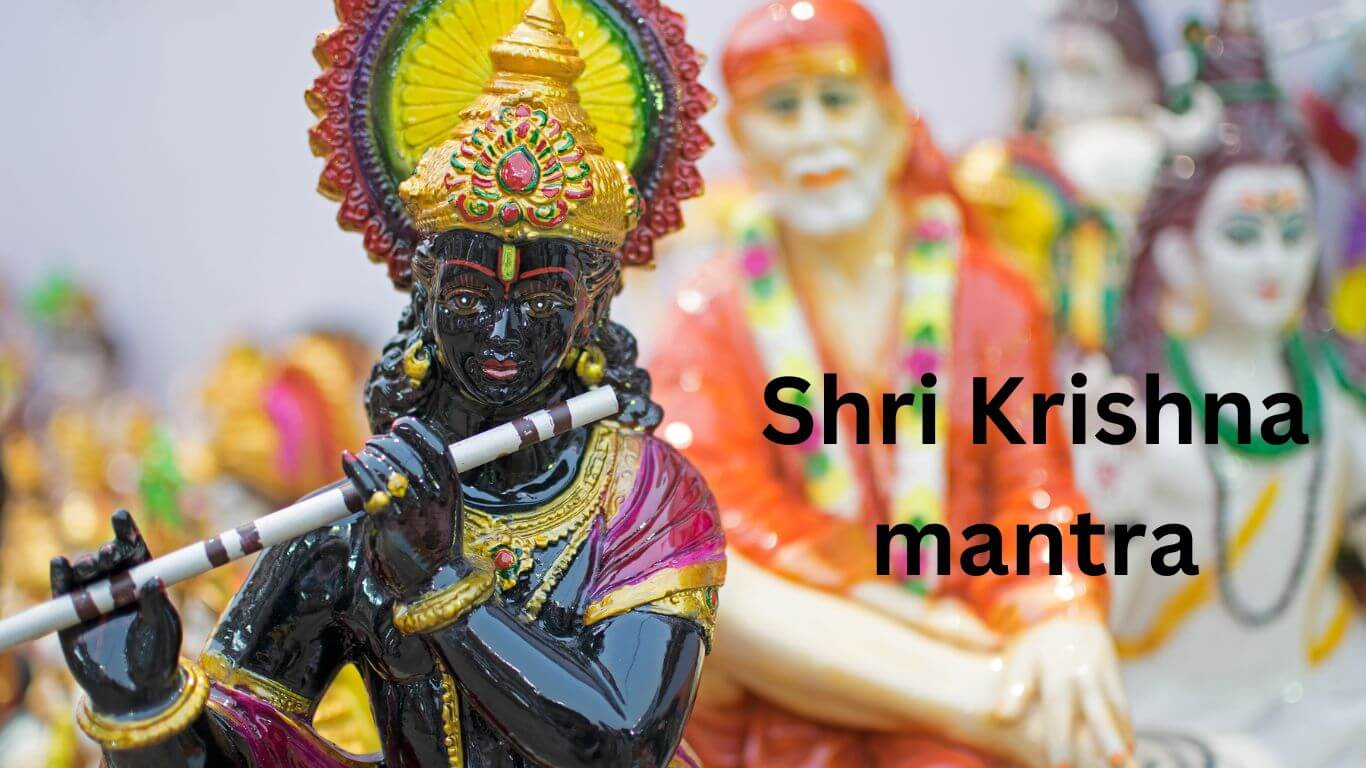An Introduction to Durga Chalisa
The Durga Chalisa, as its name implies, is a set of 40 verses dedicated to the goddess Durga. But why 40 verses? And why Durga? Dive with me as we uncover the mystique behind this powerful chant.
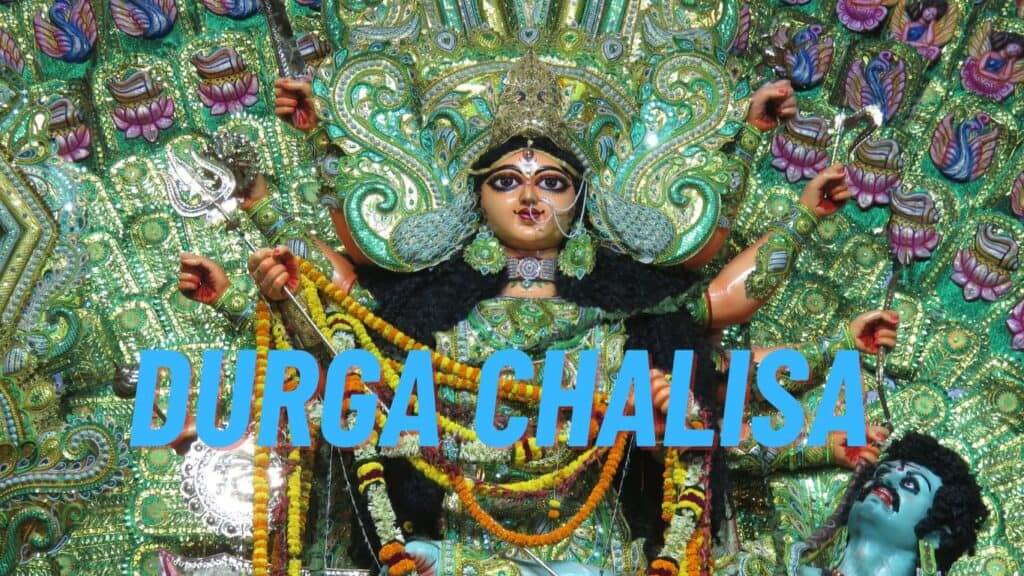
Historical Origins
The history of the Durga Chalisa is intertwined with the very fabric of Hinduism.
The Significance of Durga in Hinduism
Durga is not just a deity in Hinduism; she’s a symbol of strength, courage, and femininity. Revered as a motherly figure, she’s also the fierce warrior who combats evil and demonic forces.
The Birth of Durga Chalisa
While the exact origins remain somewhat shrouded in mystery, many believe the Durga Chalisa was composed by saints and sages, inspired by her tales of valor and compassion.
The Structure and Composition of Durga Chalisa
This chant is not a random compilation of verses but a well-structured ode.
The 40 Verses
Each of the 40 verses of the Durga Chalisa focuses on different aspects of the goddess, her deeds, her forms, and her blessings.
Key Themes Explored
Themes range from seeking protection against evil to asking for wisdom, prosperity, and happiness.
The Importance of Chanting Durga Chalisa
Ever wondered why so many devotees recite the Durga Chalisa?
Spiritual Benefits
Chanting connects devotees with the divine energy of Durga, purifying the soul and seeking her blessings.
Mental and Emotional Advantages
Regular chanting can also bring peace of mind, reduce anxiety, and enhance focus and concentration.
How to Recite Durga Chalisa Properly
It’s not just about the words, but the intent, the mood, and the setting.
Best Times and Places
Early mornings or evenings, especially during the Navaratri festival, are considered ideal. A calm and clean space amplifies the energy of the chant.
Rituals Accompanying the Chant
Many light a diya (lamp) or incense, offering flowers to the deity, signifying reverence and devotion.
Modern Adaptations and Versions
From traditional tunes to contemporary renditions, the Durga Chalisa has evolved, catering to the sensibilities of the new generation while retaining its essence.
Personal Experiences with Durga Chalisa
It’s more than just a chant. For many, like me, it’s a source of strength. When times were tough, the verses provided solace and hope, a reminder of the ever-present divine.
Conclusion
The Durga Chalisa, while rooted in history, remains relevant today, a bridge connecting us to the divine, offering solace, strength, and inspiration.
Durga chalisa english lyrics in english
Namo namo Durge sukh karani,
Namo namo Ambe dukh harani.
Nirankar hai jyoti tumhari
Tihun lok pheli ujayari.
Shashi lalat mukh maha vishala,
Netra lal brikuti vikrala.
Roop matu ko adhika suhave,
Daras karat jan ati sukh pave.
Tum sansar shakti laya kina,
Palan hetu anna dhan dina.
Annapurna hui jag pala,
Tumhi adi sundari bala.
Pralaya kal sab nashan hari,
Tum Gauri Shiv Shankar pyari.
Shiv yogi tumhare gun gave,
Brahma Vishnu tumhe nit dhyaven.
Roop Saraswati ko tum dhara,
De subudhi rishi munin ubara
Dharyo roop Narsimha ko Amba,
Pragat bhayin phar kar kamba.
Raksha kari Prahalad bachayo,
Hiranakush ko swarg pathayo.
Lakshmii roop dharo jag mahi,
Shree Narayan ang samahi
Ksheree Sindhu karat vilasa,
Daya Sindhu deejay man aasa
Hingalaj mein tumhi Bhavani,
Mahima amit na jaat bakhani
Matangi Dhoomavati Mata,
Bhuvneshwari Bagala Sukhdata
Shree Bairav Tara jog tarani,
Chin-na Bhala bhav dukh nivarani.
Kehari Vahan soh Bhavani,
Langur veer chalat agavani
Kar men khappar khadag viraje,
Jako dekh kal dar bhaje.
Sohe astra aur trishoola,
Jase uthata shatru hiya shoola
Nagarkot mein tumhi virajat,
Tihun lok mein danka bajat
Shumbhu Nishumbhu Danuja tum mare,
Rakta-beeja shankhan samhare.
Mahishasur nripa ati abhimani,
Jehi agha bhar mahi akulani
Roop kaaral Kalika dhara,
Sen sahita tum tin samhara
Pari garha santan par jab jab,
Bhayi sahaya Matu tum tab tab
Amarpuri aru basava loka,
Tava mahima sab rahen asoka
Jwala mein hai jyoti tumhari,
Tumhen sada pujan nar nari
Prem bhakti se jo yash gaye,
Dukh-daridra nikat nahin ave
Dhyave tumhen jo nar man laee,
Janam-maran tako chuti jaee.
Jogi sur-muni kahat pukari,
Jog na ho bin shakti tumhari
Shankar Aacharaj tap keenhon,
Kam, krodh jeet sab leenhon
Nisidhin dhyan dharo Shanker ko,
Kahu kal nahin sumiron tum ko
Shakti roop ko maram na payo,
Shakti gayi tab man pachitayo
Sharnagat hui keerti bakhani,
Jai jai jai Jagdamb Bhavani
Bhayi prasanna Aadi Jagdamba,
Dayi shakti nahin keen vilamba
Mokun Matu kashta ati ghero,
Tum bin kaun hare dukh mero
Asha trishna nipat sataven,
Moh madadik sab binsaven
Shatru nash keeje Maharani,
Sumiron ekachita tumhen Bhavani
Karo kripa hey Matu dayala
Riddhi-Siddhi de karahu nihala
Jab lagi jiyoon daya phal paoon,
Tumro yash mein sada sunaoon,
Durga chalisa jo gaye,
Sab sukh bhog parampad pave
Devidas sharan nij jani,
Karahu kripa Jagdamb Bhavani
FAQs
Why is it called the Durga Chalisa?
The term ‘Chalisa’ refers to the number 40 in Hindi, representing the 40 verses dedicated to the deity.
Do I need to understand each verse to benefit from it?
While understanding deepens the connection, the mere act of chanting with devotion can also offer immense benefits.
Can anyone chant the Durga Chalisa?
Absolutely! It’s the intent and devotion that matters, not one’s background.
How is Durga Chalisa different from Durga Aarti?
The Chalisa is a set of verses praising the goddess, while the Aarti is a devotional song sung at the end of a puja.
Do I need to follow specific rituals while chanting?
Rituals can enhance the experience but are not mandatory. Your devotion and intent are most important.
